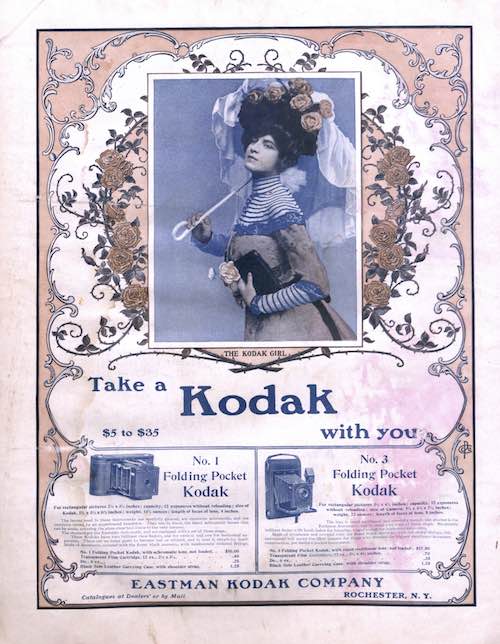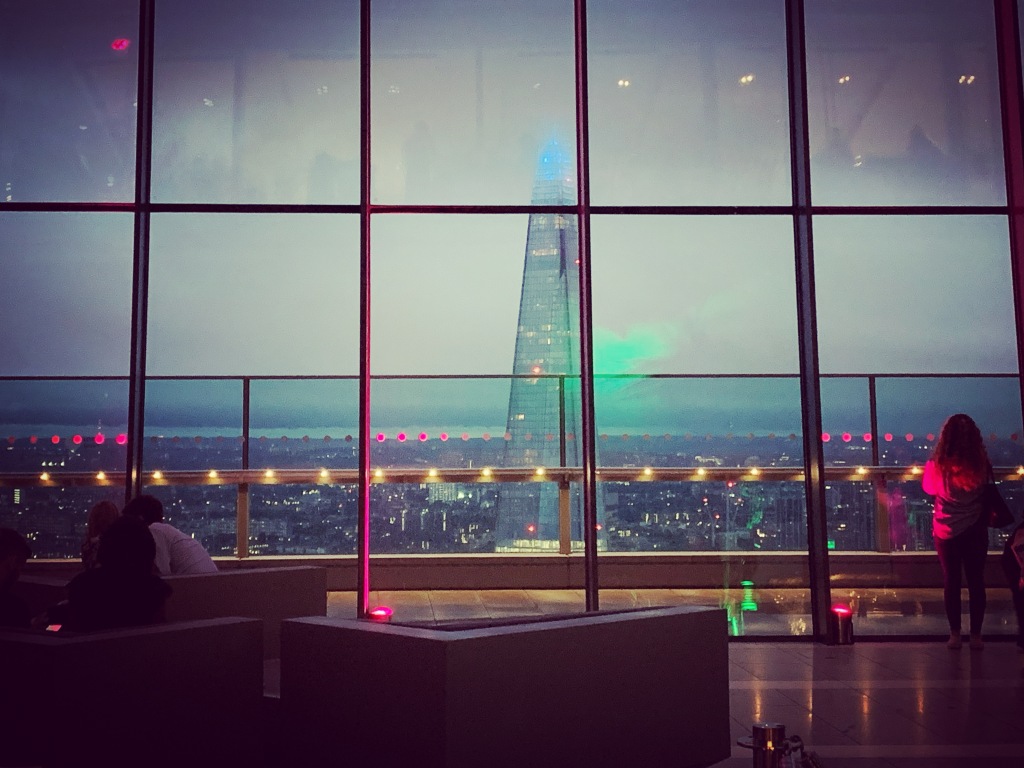Photography for you, you and you!
The invention of photography led to a variety of intentions for its use. The reality that a particular scene, object or subject could be repeated and distributed on mass, was revolutionary and there were different ideas about how the medium should be used. William Henry Fox Talbot was an advocate for using photography to replicate what the observer could see in clarity and detail, whereas competitor Louis Daguerre sought to focus on mass production that would later be used for commercial purposes to reach large audiences.
The image below is one of the earliest images made by William Henry Fox Talbot and explores the concept of replicating a subject for educational purposes.
https://www.metmuseum.org/art/collection/search/282756

Kodak Moments
The invention of institutions such as Kodak, transformed the way in which photography could be accessed by consumers and viewers, as technical knowledge of photographic processes would be taken care of, on behalf of the photographer. This would not only change the way that images were made, but also the way that they would be received, as ‘amateur’ photographers could start to create image libraries. The reason for taking images is almost dictated by the institution through advertising, appealing to specific demographics. Not only does this suggest the photographer’s role in a social context, institutions such as Kodak would have a monopoly over the industry, controlling its very nature. Term’s such as the ‘Kodak Moment’ would be coined, suggesting that the brand and its methods were the best and the most ‘professional’.
https://www.saturdayeveningpost.com/2017/09/vintage-ads-kodak-cameras-1901-1965/



Going Lomo
Lomography is a style of photography that has become particularly influential within recent years, as the vivid colour, imperfections and worn aesthetic create a sense of nostalgia that appeals to audiences, as it evokes memory. Social media filters simulate the lomo aesthetic and it is the audience’s understanding that although these images look dated, they are in fact modern representations of quite literally rose tinted experiences. In my own social images, the aesthetic amplifies the content and suggests that the imagery is of an artistic nature. As Nathan Jurgenson writes in The social photo: on photography and social media:
“filters would fade the image (especially at the edges), adjust the contrast and tint, over-or undersaturate the colors, simulate lens effects and color distortions such as chromatic aberration, blur areas to exaggerate a shallow depth of field, add imitation film grain, and so on. Often, the photos are made to mimic the look of having been printed on physical photo paper.”



Keeping Things Social
Much in the same way that Kodak influenced photography as an art form, mega brands such as Apple continue to revolutionise the industry. The boundaries between amateur and professional photography appear blurred, as the technical capabilities of devices and the way that imagery can be shared is more accessible to consumers.
Apple has run several campaigns that appeal to the everyday consumer.
https://www.adsoftheworld.com/taxonomy/brand/apple


However, despite technological advances, it is the intent of the photograph that defines the way that it is read, whether professional or amateur. An image may have the technical traits to be considered image-worthy, but this ultimately depends on the audience privy to the image and where the image will be seen.
Social media sets the tone for judging quality of content through affirmation from viewers, however this does not necessarily warrant the success of an image, as the platform is set up to be used with specific intentions in mind, just as any piece of work is designed to be. As Nathan Jurgenson expresses:
“Photography arrived as a new technology like a kind of magic, allowing you to document the world in new ways and to share these frozen bits of lived experience with people who weren’t present for them.”
